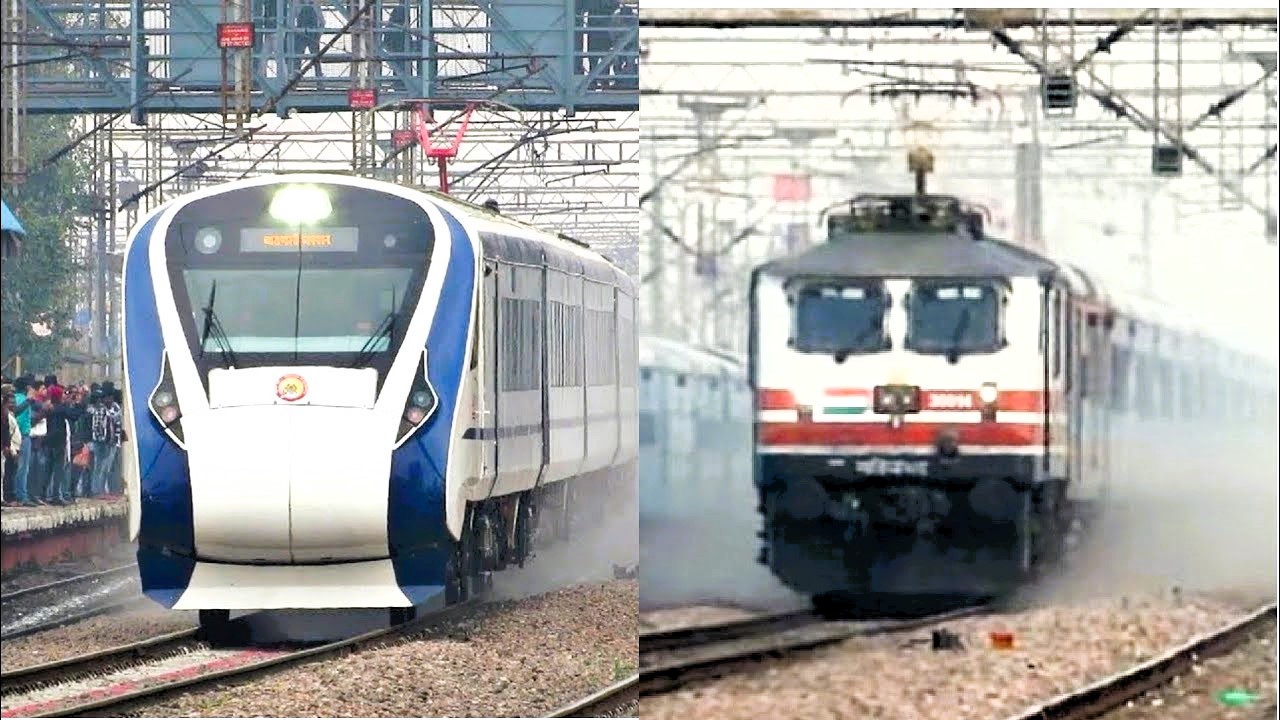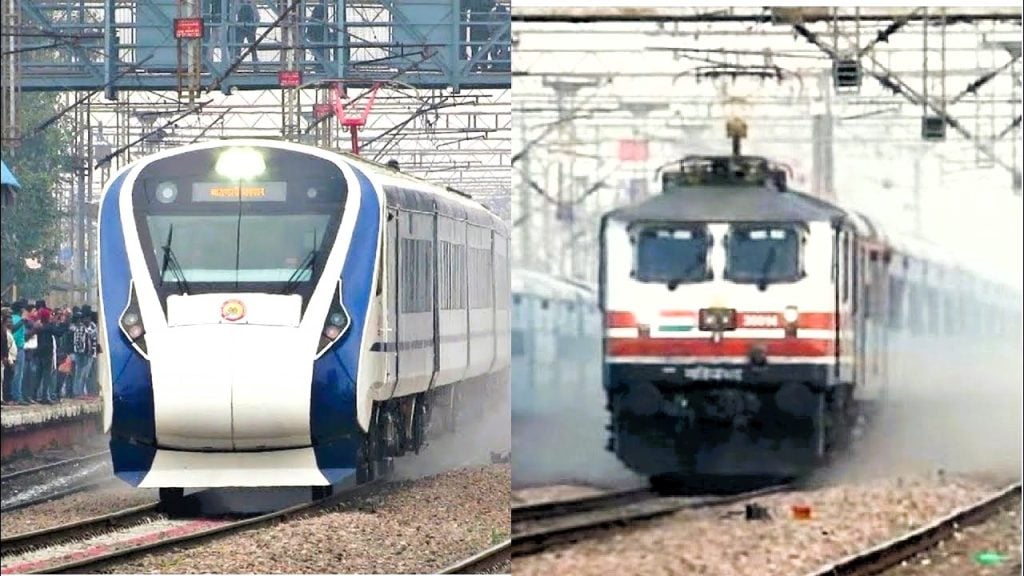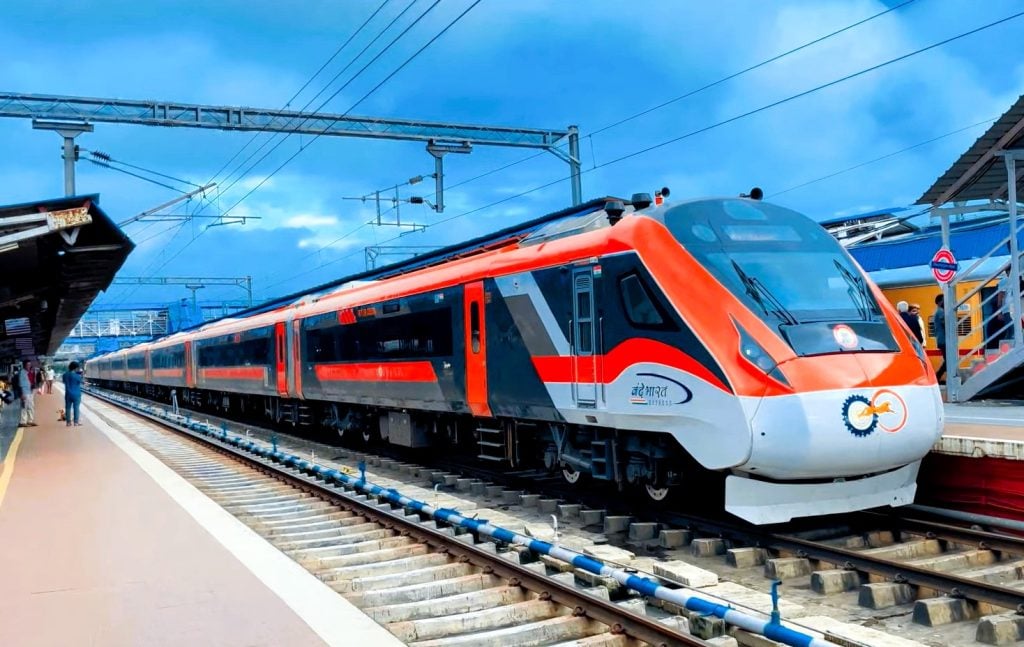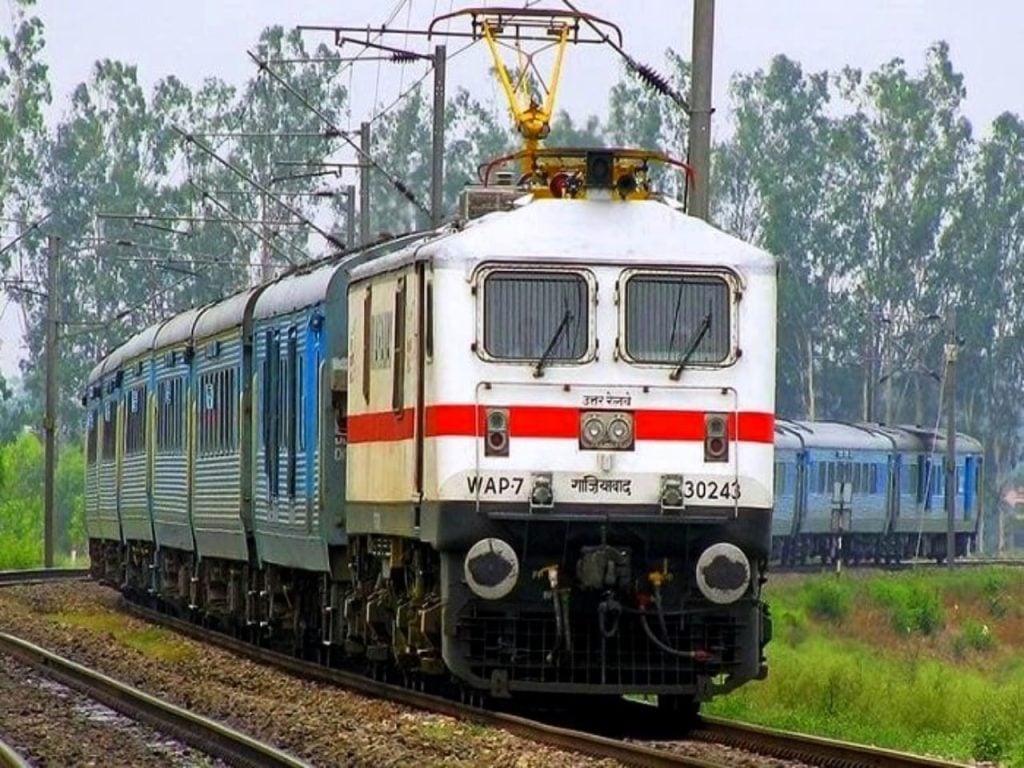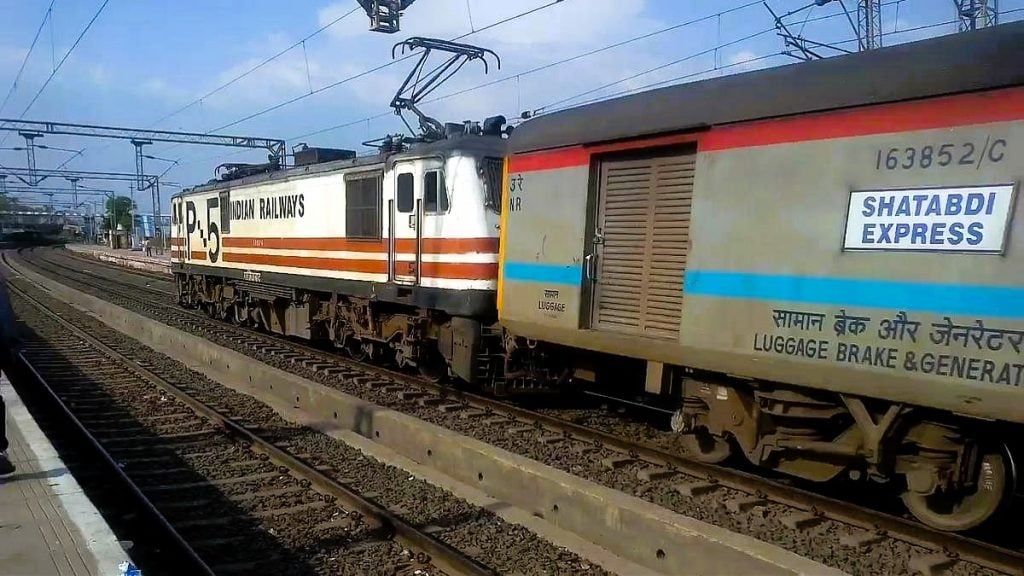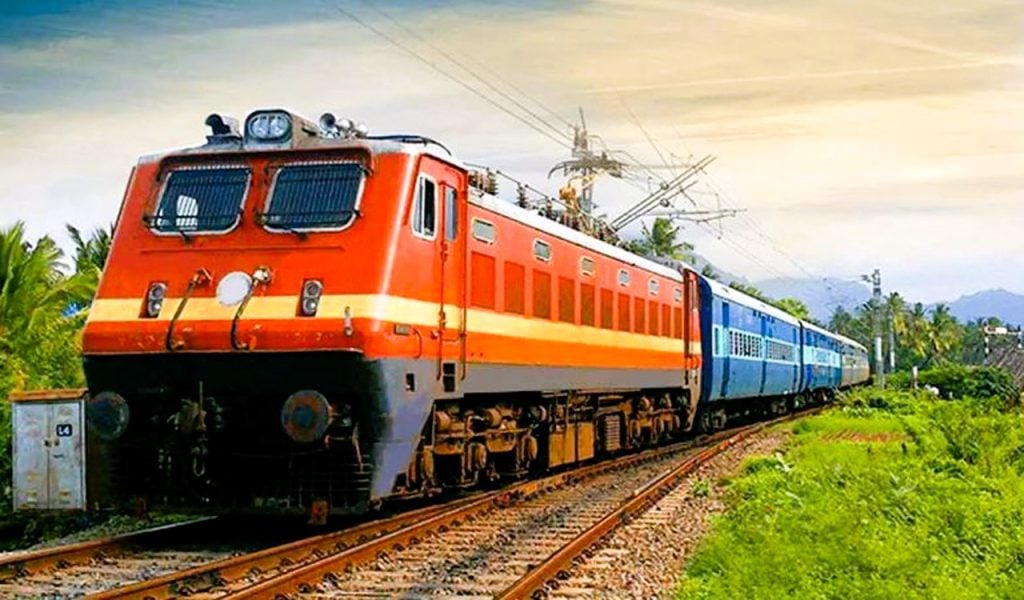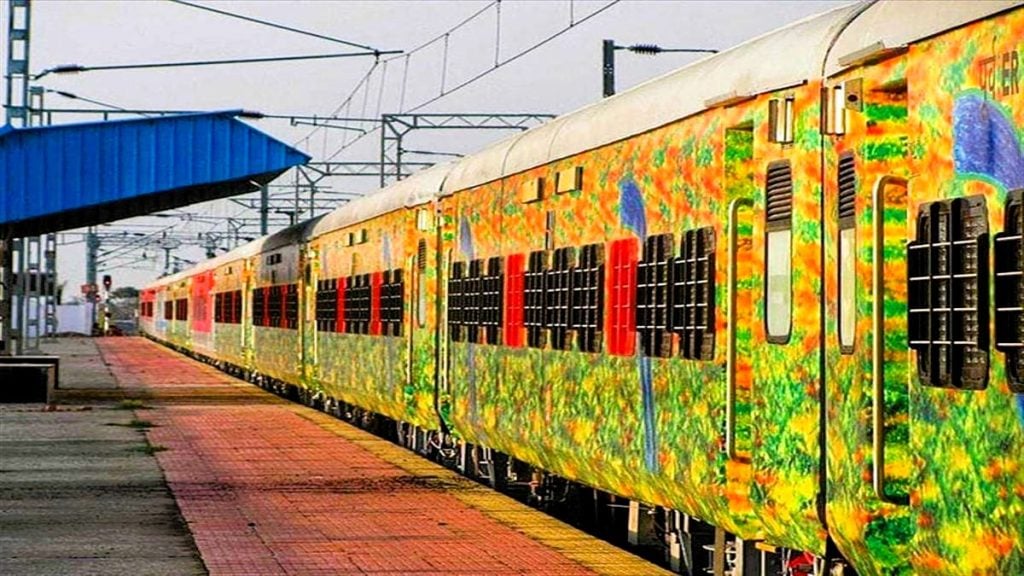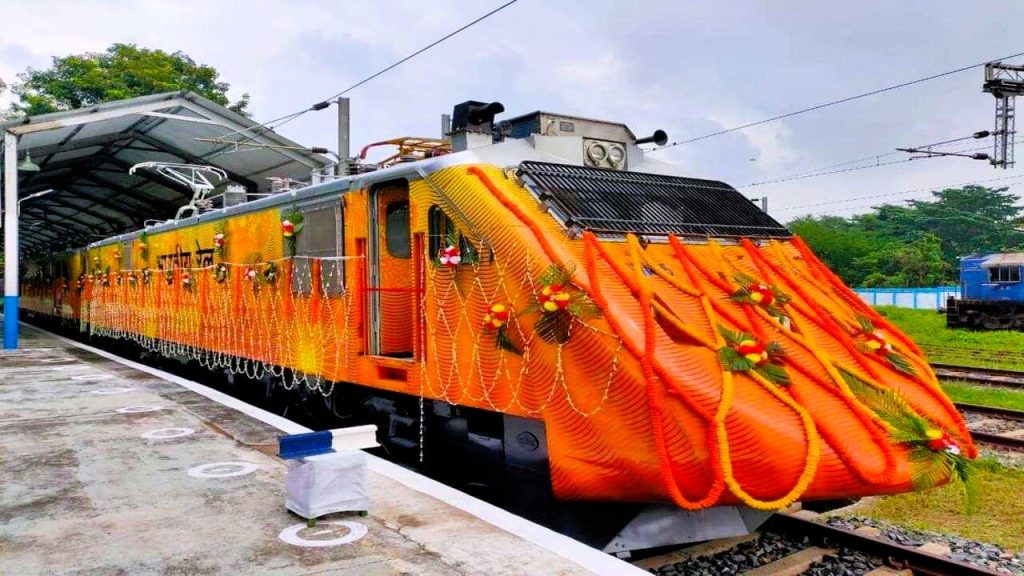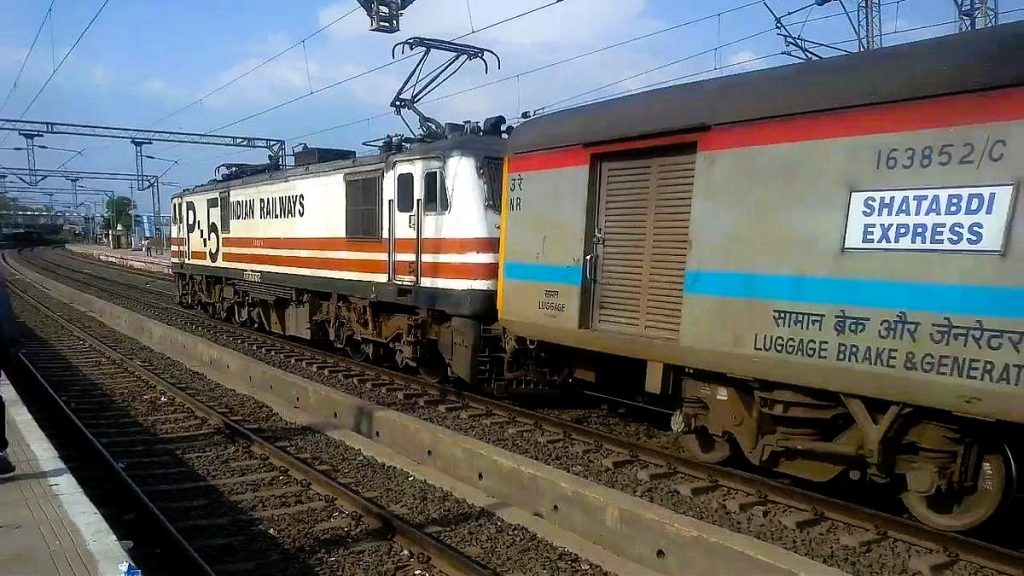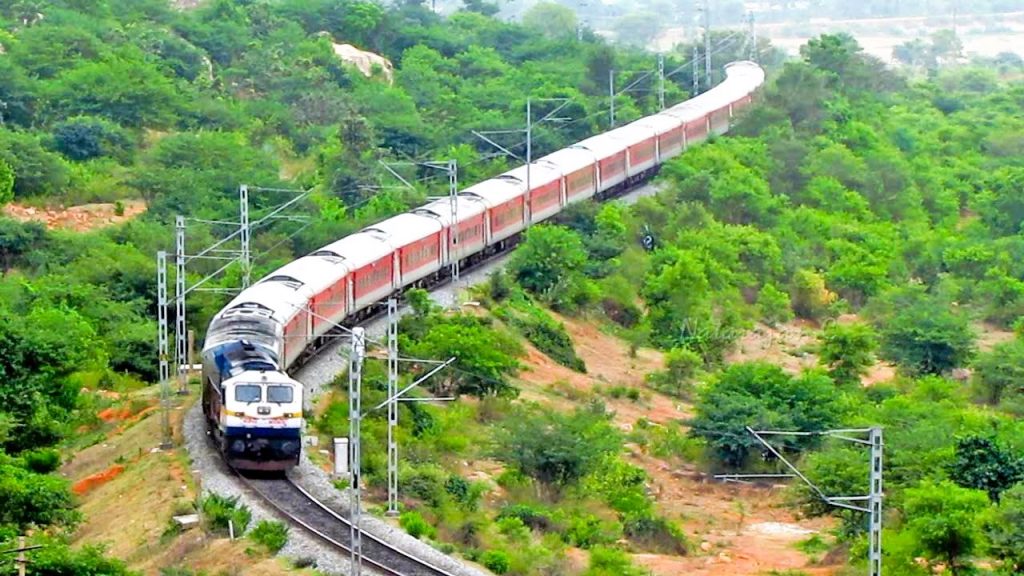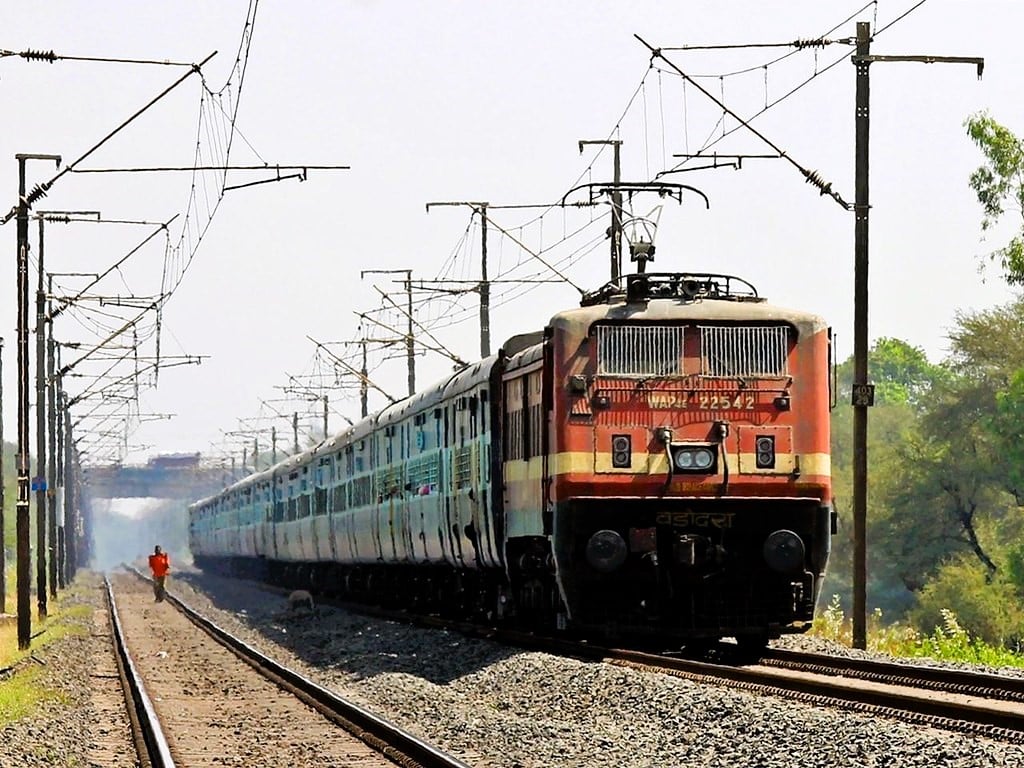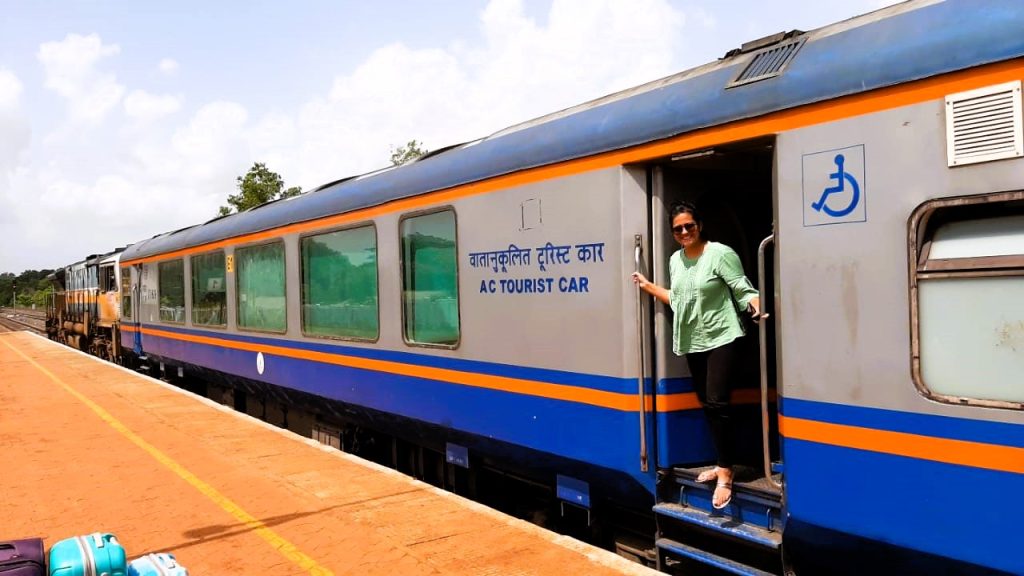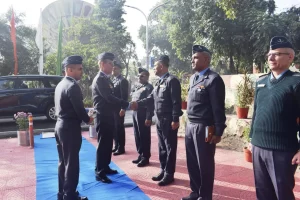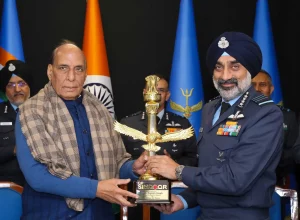Fastest Train in India has been a strategic and multifaceted endeavor, involving both domestic innovation and international collaboration. The country’s flagship high-speed rail project, the Mumbai-Ahmedabad High-Speed Rail Corridor, is a prime example of this approach. Utilizing Japanese Shinkansen technology, this line is designed to operate at speeds of up to 320 km/h, significantly reducing travel time between the two major cities. While the project has faced some challenges, such as land acquisition issues, it remains a testament to India’s commitment to modernizing its rail infrastructure and providing its citizens with fastest Train, more efficient transportation options.
Alongside the development of true high-speed rail, India has also focused on upgrading existing lines to enable semi-high-speed operations, with trains capable of reaching speeds between 160-200 km/h. These efforts, overseen by the Ministry of Railways and the National High-Speed Rail Corporation Limited (NHSRCL), aim to enhance connectivity, boost economic growth, and provide a more comfortable and reliable travel experience for passengers.
5 Top World’s Largest Military Helicopters
India’s Fastest Train: The Vande Bharat Express
At the forefront of India’s high-speed rail revolution is the Vande Bharat Express, also known as Train 18. This semi-high-speed, intercity electric multiple unit train was designed and built entirely within the country, showcasing the nation’s indigenous engineering capabilities. With a top speed of 180 km/h, the Vande Bharat Express is the fastest train in India, surpassing the performance of even the renowned Japanese-built bullet trains.
The Vande Bharat Express is a true testament to India’s “Make in India” initiative, as it was developed and manufactured by the Integral Coach Factory (ICF) in Chennai. This remarkable feat was accomplished in just 18 months, a testament to the dedication and expertise of the Indian engineers and technicians involved. While the train is designed to operate at 180 km/h, it is limited to a maximum speed of 130 km/h on its current routes due to infrastructure constraints, but this limitation is expected to be addressed as the country’s high-speed rail network continues to evolve.
The Gatimaan Express: India’s Fastest Operational Train
While the Vande Bharat Express may hold the title of India’s fastest train, the Gatimaan Express currently holds the distinction of being the fastest operational train in the country. Connecting the national capital of New Delhi to the iconic city of Agra, the Gatimaan Express covers the 188-kilometer distance in just 1 hour and 40 minutes, reaching a top speed of 160 km/h.
The Gatimaan Express is equipped with a range of modern features, including fire alarms, bio-toilets, automatic sliding doors, and a GPS-based passenger information system. Mirroring the experience of air travel, the train also boasts the presence of trained hostesses, providing passengers with a touch of luxury and personalized service. Additionally, the train offers free Wi-Fi and access to a variety of audiovisual content, ensuring a seamless and entertaining journey for its riders.
10 Best Military Drones In The World
The Shatabdi Express: A Venerable High-Speed Icon
The Shatabdi Express, a well-established high-speed train in India, has long been a favorite among travelers. Introduced in 1988 to commemorate the birth anniversary of Prime Minister Jawaharlal Nehru, the Shatabdi Express has become a symbol of India’s commitment to providing fast and efficient rail transportation.
The New Delhi-Bhopal Shatabdi Express, operating at a top speed of 150 km/h, is one of the fastest trains in this esteemed category. Covering a distance of 707 kilometers, the train connects the nation’s capital with the city of Bhopal, Madhya Pradesh, in a journey that is both comfortable and time-efficient.
Fully air-conditioned, the Shatabdi Express offers passengers a range of amenities, including complimentary meals, snacks, tea or coffee, and bottled water. This train has played a crucial role in reducing travel times and enhancing connectivity between major cities, making it a beloved choice among both business and leisure travelers.
The Rajdhani Express: Combining Speed and Luxury
Among India’s fastest trains, the Rajdhani Express series has long been a symbol of luxury and efficiency. Two of the fastest Rajdhani trains are the Mumbai-New Delhi Rajdhani Express and the New Delhi-Howrah Rajdhani Express, both of which operate at a top speed of 140 km/h.
The Mumbai-New Delhi Rajdhani Express covers a distance of 1,384 kilometers, while the New Delhi-Howrah Rajdhani Express traverses an impressive 1,450 kilometers. These trains offer a wide range of amenities to their passengers, including morning and evening snacks, tea or coffee, bottled water, meals, and even ice cream. Additionally, they feature plug-in outlets and Wi-Fi connectivity, ensuring a comfortable and productive journey for their riders.
The Rajdhani Express is renowned for its prestigious status, having been the first train in India to become fully air-conditioned. It serves as an important link between the nation’s capital and other major cities, connecting travelers to some of the country’s holiest sites along the way.
The Duronto Express: Non-Stop Efficiency
Another category of India’s fastest trains is the Duronto Express, which is known for its non-stop, high-speed journeys. The New Delhi-Howrah Duronto Express and the New Delhi-Sealdah Duronto Express both operate at a top speed of 135 km/h, covering distances of 1,450 kilometers and 1,457 kilometers, respectively.
The Duronto Express is designed to provide a time-efficient travel experience, with no technical halts along the way. Passengers on these trains can enjoy a range of complimentary services, including meals, snacks, tea, coffee, and bottled water, ensuring a comfortable and well-catered journey.
The Duronto Express has become a popular choice among travelers seeking a direct, high-speed connection between major cities, making it a valuable asset in India’s rapidly evolving rail network.
Top 5 Indian-Made Defence Vehicles Utilized by the Indian Armed Forces
The Tejas Express: Blending Speed and Comfort
Joining the ranks of India’s fastest trains is the Tejas Express, a semi-high-speed, fully air-conditioned train that has been making waves since its introduction in 2017. Operating on routes such as Mumbai-Goa, Lucknow-Anand Vihar, and New Delhi-Chandigarh, the Tejas Express boasts a top speed of 162 km/h and an average speed of 110 km/h.
What sets the Tejas Express apart is its focus on providing passengers with a premium travel experience. The train features modern amenities like automatic sliding doors, fire alarms, and a GPS-based passenger information system, as well as complimentary meals, snacks, and access to audiovisual content. The presence of trained hostesses, similar to airline service, further enhances the level of personalized attention given to passengers.
The Tejas Express represents a significant step forward in India’s quest to offer high-speed, comfortable, and technologically advanced rail travel options to its citizens and visitors alike.
The Shatabdi Express: Reliable and Efficient
Alongside the Vande Bharat Express and the Tejas Express, the Shatabdi Express remains a stalwart in the realm of India’s fastest trains. The Bhopal Shatabdi Express, operating at a top speed of 155 km/h, connects the nation’s capital with the city of Bhopal, Madhya Pradesh, covering a distance of 707 kilometers.
Introduced in 1988 to commemorate the birth anniversary of Prime Minister Jawaharlal Nehru, the Shatabdi Express has become a beloved and reliable option for travelers. Featuring fully air-conditioned chair-car coaches, the train offers a range of amenities, including meals, water bottles, tea or coffee, and snacks, ensuring a comfortable and well-catered journey for its passengers.
While the Shatabdi Express may not boast the same top speed as some of the newer high-speed trains, its consistent performance, well-established routes, and unwavering commitment to passenger comfort have made it a mainstay in India’s rail transportation landscape.
The Rajdhani and Duronto Expresses: Prestigious High-Speed Connectivity
Rounding out the list of India’s fastest trains are the Rajdhani and Duronto Express services, which have long been synonymous with high-speed, prestigious rail travel in the country.
The Mumbai-New Delhi Rajdhani Express and the New Delhi-Kanpur Shatabdi Express both operate at a top speed of 140 km/h, covering distances of 1,384 kilometers and 440 kilometers, respectively. These trains offer a range of amenities, including morning and evening snacks, bottled water, tea and coffee, soup, meals, and even ice cream, ensuring a truly indulgent travel experience for their passengers.
Similarly, the New Delhi-Howrah Rajdhani Express and the New Delhi-Sealdah Duronto Express, both operating at a top speed of 135 km/h, provide fast and efficient connectivity between the nation’s capital and the eastern regions of the country. These trains are known for their non-stop journeys and comprehensive on-board services, catering to the needs of business travelers and leisure-seekers alike.
The Maharashtra Sampark Kranti Express: A Speedy Regional Connector
While the majority of India’s fastest trains operate on the country’s major intercity routes, the Maharashtra Sampark Kranti Express stands out as a regional high-speed connector. Running between Mumbai and New Delhi at a top speed of 110 km/h, this bi-weekly train covers a distance of 1,367 kilometers with only three halts along the way.
The Maharashtra Sampark Kranti Express is a testament to the ongoing efforts to enhance regional connectivity and provide faster travel options for passengers across the country. By operating at speeds higher than the average train, this express service helps to reduce travel times and improve the overall efficiency of the rail network.
The Jan Shatabdi Express: Affordable High-Speed Travel
Rounding out the list of India’s fastest trains is the Kota-Hazrat Nizamuddin Jan Shatabdi Express, which operates at a top speed of 110 km/h. Connecting the city of Kota in Rajasthan to the nation’s capital, this train covers a distance of 458 kilometers in approximately 6.5 hours.
The Jan Shatabdi Express is part of the Janshatabdi Express category, which aims to provide affordable, high-speed travel options to a wider range of passengers. By offering lower fares compared to other premium train services, the Jan Shatabdi Express helps to democratize access to fast and efficient rail transportation, making it more accessible to students, commuters, and those with limited budgets.
Conclusion: Embracing the Future of High-Speed Rail in India
India’s journey towards high-speed rail has been a testament to the country’s ambition, innovation, and commitment to modernizing its transportation infrastructure. From the indigenous Vande Bharat Express to the prestigious Rajdhani and Duronto services, the nation’s fastest trains are not only redefining the travel experience but also catalyzing economic growth and social development across the country.
As India continues to invest in its high-speed rail network, the future holds even greater possibilities. Passengers can look forward to shorter travel times, enhanced comfort, and a level of connectivity that will bring the farthest corners of the country within closer reach. The nation’s unwavering dedication to this transformative endeavor is a clear indication that the age of high-speed rail in India is just beginning, with even more impressive feats on the horizon.
